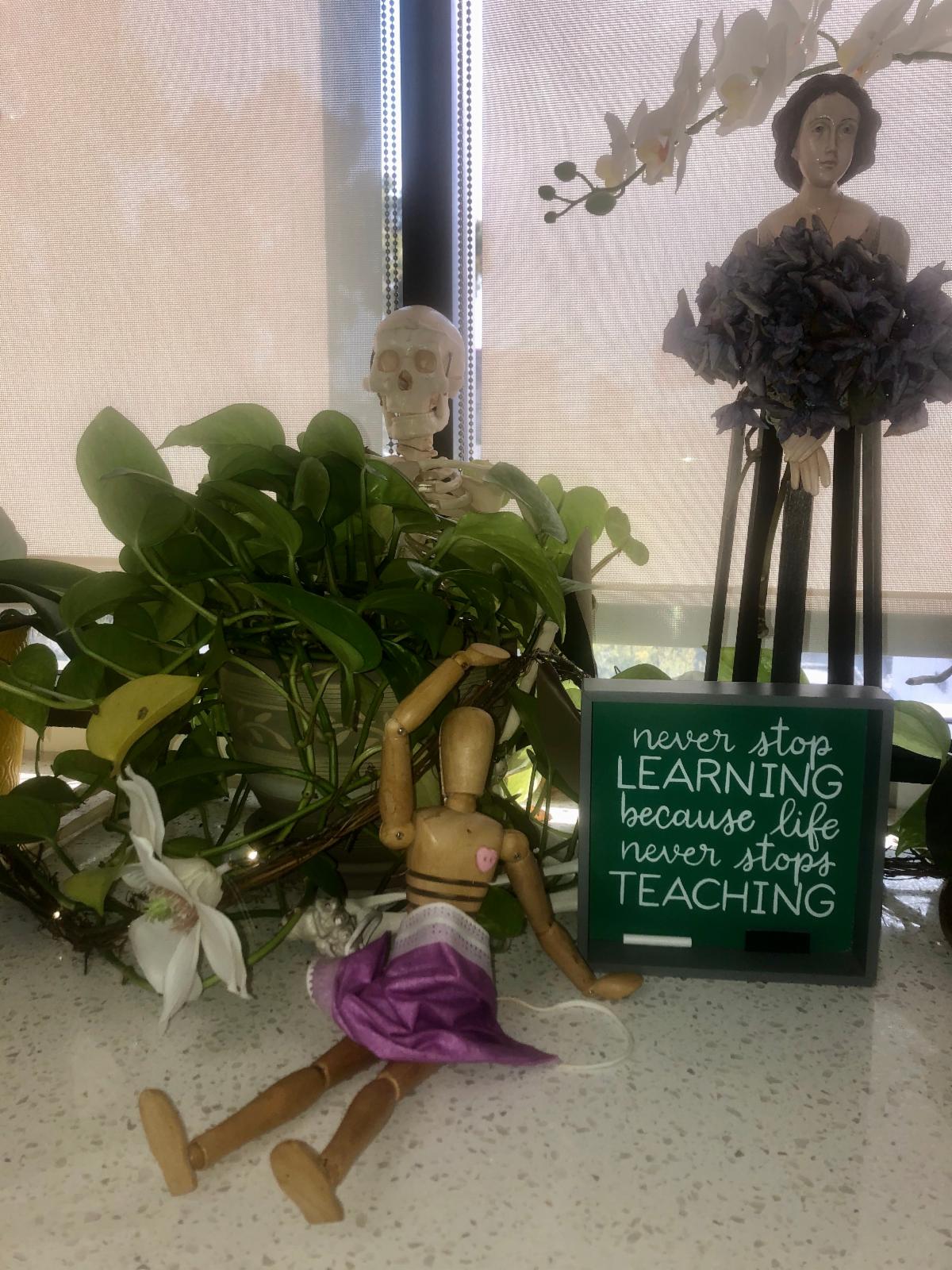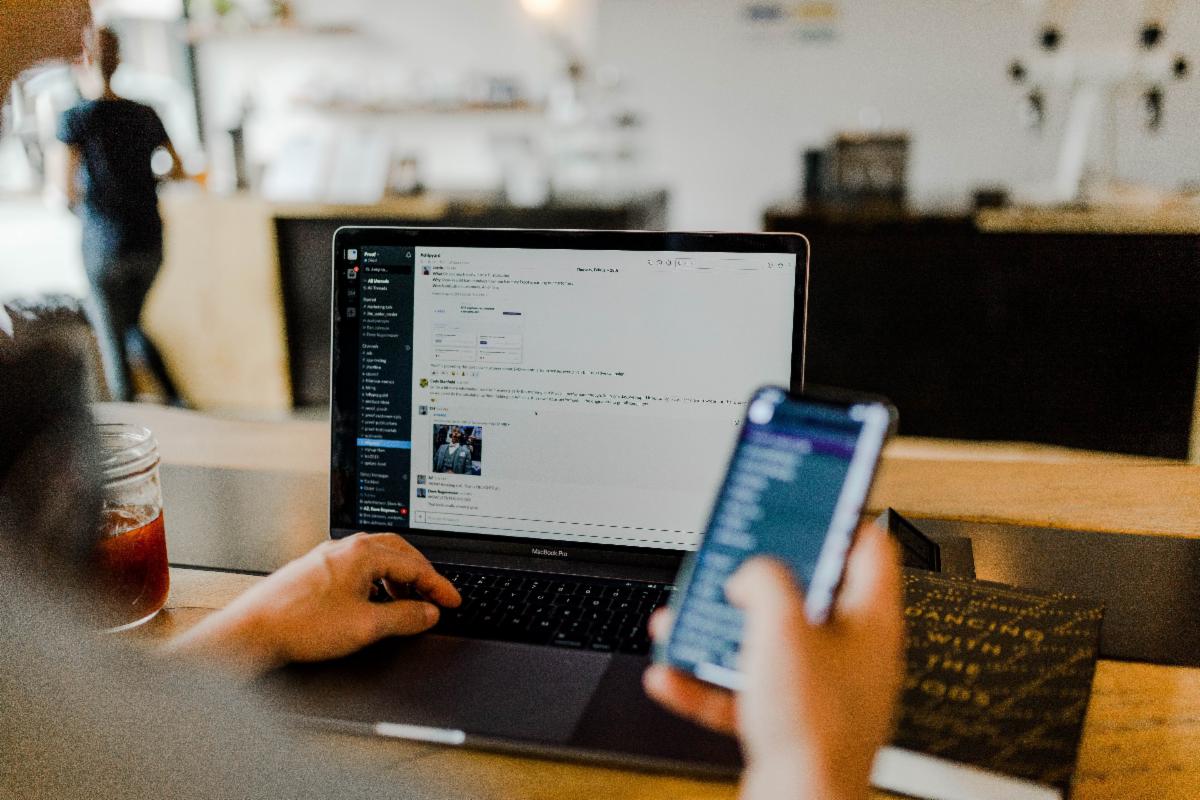In Touch: What Can Feldenkrais® do for You?
|
|
The Magazine By, For, and About Feldenkrais® Practitioners and Trainees
|
|
|
Welcome
In Touch
is a monthly e-newsletter about developing one's competence as a Feldenkrais®
teacher. Issues will contain articles about teaching the Feldenkrais Method® of somatic education,
running your own business, and more.
|
|
|
|
|
|
From the Editors
Have we unconsciously been preparing for this seismic shift in our approach to teaching the Feldenkrais Method® of somatic education? Over the last few years, classes have creeped online, Summits have acclimated people to Zoom, study sessions with colleagues from scattered locations have brought us a greater understanding of how to connect virtually and globally. So it feels almost like the next step in an FI® lesson to find our conference online. The FGNA conference offers practitioners and trainees valuable opportunities to fine tune skills and learn how to adapt our work for the "new normal."
This issue features articles from all of the presenters who are offering professional development, as well as a video interview with members of the Legacy committee on their presentation. Nancy Haller offers thoughts about meaningful connection with students through computer screens, while Stacy Barrows shares a way to deepen our own application of Feldenkrais concepts as we consider new business approaches. Ralph Strauch explores how reflecting on the balance between knowing and doing can assist with our work. And inspired by a talk that Moshe gave at Amherst, Carol Lessinger describes teaching an advanced lesson remotely on the Jaw, Tongue, Throat and Pelvic Floor.
We look forward to seeing you at the conference!
--Lavinia, Mary and LeeAnn
|
 |
|  | Photo by Dylan-Ferreira on Unsplash |
Give a Lesson, Receive a Lesson
By Nancy Haller, MA, GCFP, Certified Feldenkrais® Assistant Trainer
A common question from my students is "Who works with You?". My answer is you do, my student.
Moshe Feldenkrais connected Functional Integration® teachings to a dance between partners. It is a synchronization of two systems in mirror-like movements, each building on the previous ones with pacing and timing conducive to learning. As we transition to online individual sessions, how can we establish and maintain such a connection with our students through a computer screen?
Lessons begin with a verbal conversation and move slowly to the dialogue of nervous systems, physical structures and trust. The practitioner must observe....
|
 |
|
Opening Doors: Bringing Feldenkrais In
An Interview with Stacy Barrows

Mary:
Stacy, like so many others, your business and practice have been affected by the SARS-CoV-2 pandemic. Can you share how the shift in your business took you deeper into some of the basics of the method?
Stacy: I had moved from my former office space to my current studio before the pandemic, so I was already experiencing shifts in myself that come with working in a different space. Also, I am working in an environment that brings me in closer contact and collaboration with others, and I am now teaching ATM® classes in two distinctly different locations (separate from my studio). Adapting to each of these changes opened me to new ways of discussing and sharing my work. Having to use language to describe my work has taken me deeper into Feldenkrais® principles, both as a growth process for myself and as a way to communicate with others clearly.
And then the pandemic happened. And so I have learned so much about teaching online and thinking about how to work remotely, in which we are more verbal and, of course, cannot rely on touch. I found that I could trust this work for even deeper student learning....
|
Knowing and Doing
By Ralph Strauch
 |
|  | Photo by Duangphorn on Unsplash |
As practitioners we engage in two different, but interrelated, types of activities, which I'll call knowing and doing. Are there different ways of organizing these activities, and the relationships between them?
Perhaps there is a different way of thinking about what we do as practitioners, and ways that you might apply that thinking in your work.
Knowing encompasses things like perception, analysis, and understanding, through which you bring the situation facing you into focus, decide what the problem actually is, think about how you might approach it, and change and update that understanding as you work....
|
 |
|  | Photo by Gegenwind on Unsplash |
Creative Connections Through Your Tongue, Jaw, Throat and Pelvic Floor
By Carol Lessinger
Have you ever been on the floor doing an ATM® lesson when your body responded in a way that was totally new to you? Were you astounded? Every time? That was my experience one morning when I was playing with coordinated movements of my tongue, neck, jaw and pelvis.
My play was inspired after I began listening to the Amherst recordings. It was the first time that I had heard them since I was there in 1980. Toward the beginning of the second summer, in the middle of an Awareness Through Movement® lesson, Moshe briefly alluded to the way that animals used their tongue and neck for drinking when at watering holes. The watering hole was open to all animals, predator and prey alike. So, for survival, everyone needed to have their neck free to see in any direction while they were drinking. A healthy baby who is being breastfed has a similar tongue/neck pattern.....
|
|
Mark Your Calendars to Renew!
Your membership will expire on December 31, 2020. Be sure to continue your participation in FGNA for 2021 and take advantage of the numerous member benefits your membership provides!
For more information on renewing, click here . Please note that substantial Early Bird Savings are available now!
|
 |
|  | Photo by Tara Eden |
New Membership Level for 2021!
You asked and we listened. You will now see a new category for professional membership during 2021 membership renewal: CFATMT (CM) - Certified Feldenkrais Awareness Through Movement Teacher (CM). For those of you who are only interested in teaching ATM® classes and will not choose to practice FI®, this offers the opportunity to still receive member benefits without the additional cost of FI Certification. For more information on this new membership, click here .
|
|
Register Now for the FGNA 2020 Conference ONLINE!
|
What is the Legacy Committee?
You may have heard the word, or seen it as an agenda item at previous conferences. But why is it important to you? This group of trainers and assistant trainers have been looking to the future of our profession, its possibilities and the perils. At this point, they are ready for your input. Watch this video to learn what they are doing and how you can become part of the vision.
|
Zoom Cafe News
|
 We will be taking a break from the cafes to highlight the upcoming first FGNA Online Conference from September 11 to 13, 2020. Fariya requests your suggestions for themes for the autumn starting in October, 2020. Reach out to her via the zoom address: [email protected] We will be taking a break from the cafes to highlight the upcoming first FGNA Online Conference from September 11 to 13, 2020. Fariya requests your suggestions for themes for the autumn starting in October, 2020. Reach out to her via the zoom address: [email protected] |
Promote Your Practice
With ten public workshops, we have an opportunity to invite more students and clients to our annual conference than ever before. Now is the time to share the information, and everything that you need is provided in one place.
You will find links to social media materials, images, workshop descriptions and videos by clicking here.
|
|
In Touch Editorial Policy
All articles reflect the individual views of the authors if signed, and the view of the editorial staff, if unsigned. Unless an article explicitly states that it is reporting a Guild policy, it does not reflect any official point of view adopted by the Feldenkrais Guild® of North America.
All Fedenkrais Method® images ©Robert Golden. Used with permission.
|
©2020, FGNA. All rights reserved.
The following are service marks or certification marks of the Feldenkrais Guild® of North America: Feldenkrais®, Feldenkrais Method®, Functional Integration®, Awareness Through Movement®, ATM®, FI®, Guild Certified Feldenkrais Teacher®, and Guild Certified Feldenkrais Practitioner(CM).
The following are trademarks, service marks or certification marks of the Feldenkrais Guild® of North America:
L'intégration Fonctionnelle(SM), Prise De Conscience Par Le Mouvement(SM), Friends Of Feldenkrais(SM), Guild Certified Feldenkrais Practitioner(CM), Feldenkrais Awareness Through Movement Teacher(CM), Feldenkrais™ and The Feldenkrais Journal™.
Amazon Affiliate Program
The Feldenkrais Guild of North America is an Amazon affiliate. Affiliate links may appear in this email. When you click on the link to purchase a product, FGNA may receive a portion of your transaction.
|
|
|
|